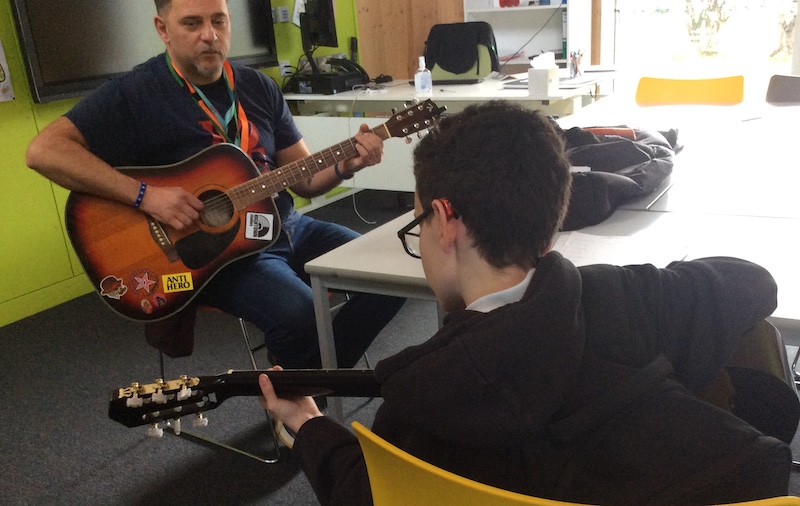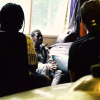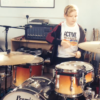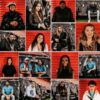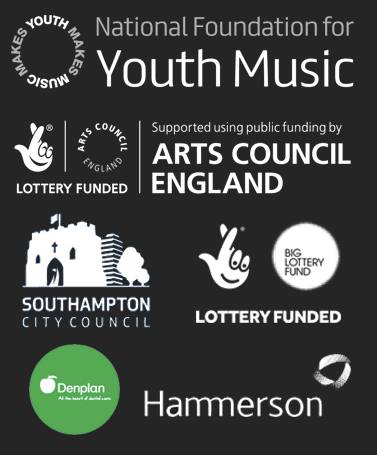Through Future Sounds, a 3-year programme of work funded by Youth Music, we are developing and delivering a rich programme of music making in two areas: SEN/D (Special Educational Needs and/or Disabilities) and Youth Justice. Utilising our specialist music leaders and strong partnerships in these areas, and building on previously/currently funded work: Exchanging Notes, Sonic Explorers and Musical Inclusion, we are expanding our engagement to increase access and participation in music making for young people.
We are working with specialist support workers with Youth Offending and Crime Prevention Teams to design and and co-deliver a rich offer for young people at risk of offending. Through this we aim to produce engaging and innovative prevention programmes that use music activity to support young people at a critical time in their lives.
We have strong SEN/D networks in our region, and are building on the exciting music delivery we have developed in a number of schools locally. We are striving to embed innovative and tailored music activity and delivery skills in settings in Southampton and Portsmouth. Our experienced practitioners will work closely with each setting to build relevant music programmes and support staff to co-deliver.
Sharing skills between practitioners and support staff in both areas, we’ll produce strong evaluation and work strategically to link this work to local/regional/national priorities, measuring impact and exploring sustained delivery.
Outcomes
- To increase the skills and awareness of music leaders, teachers and associated staff to support SEN/D young people to access music-making
- To improve the sense of wellbeing and resilience of children and young people who are engaged in the Youth Crime Prevention Scheme in Hampshire
- To improve improvisation and songwriting skills of children and young people in challenging circumstances
- To increase the number and effectiveness of partnerships that support and encourage wider engagement in music for children and young people in challenging circumstances
- To increase knowledge and skills to develop robust evidence that documents the benefits of music interventions with children and young people in challenging circumstances

